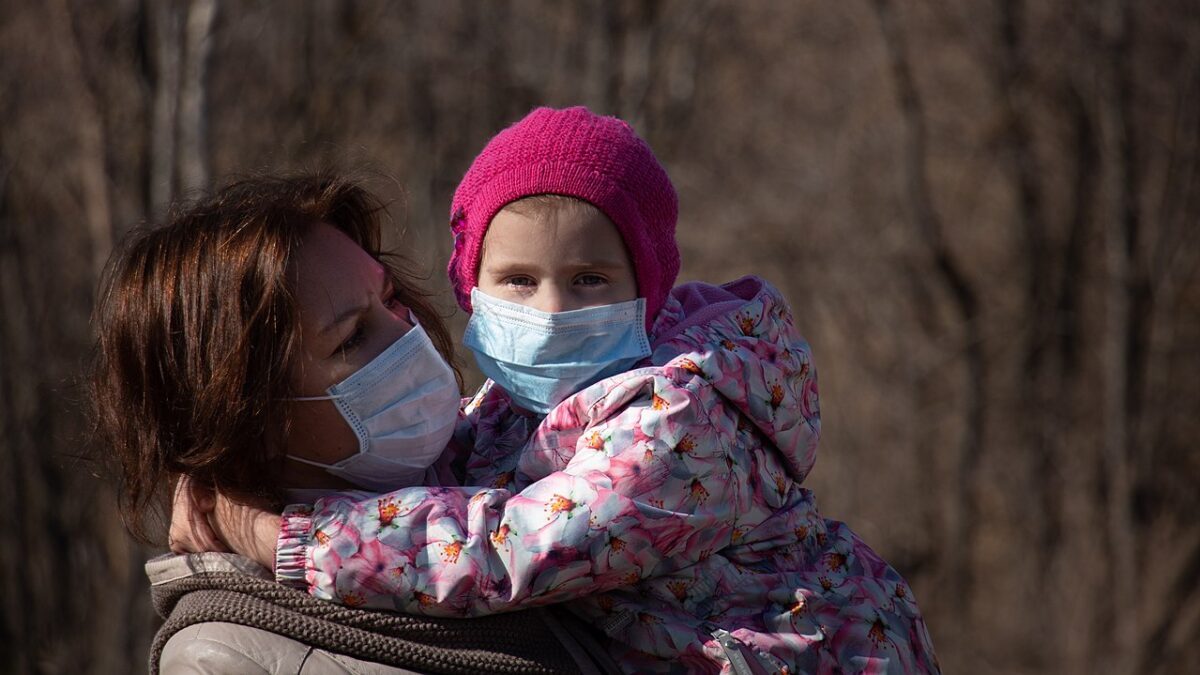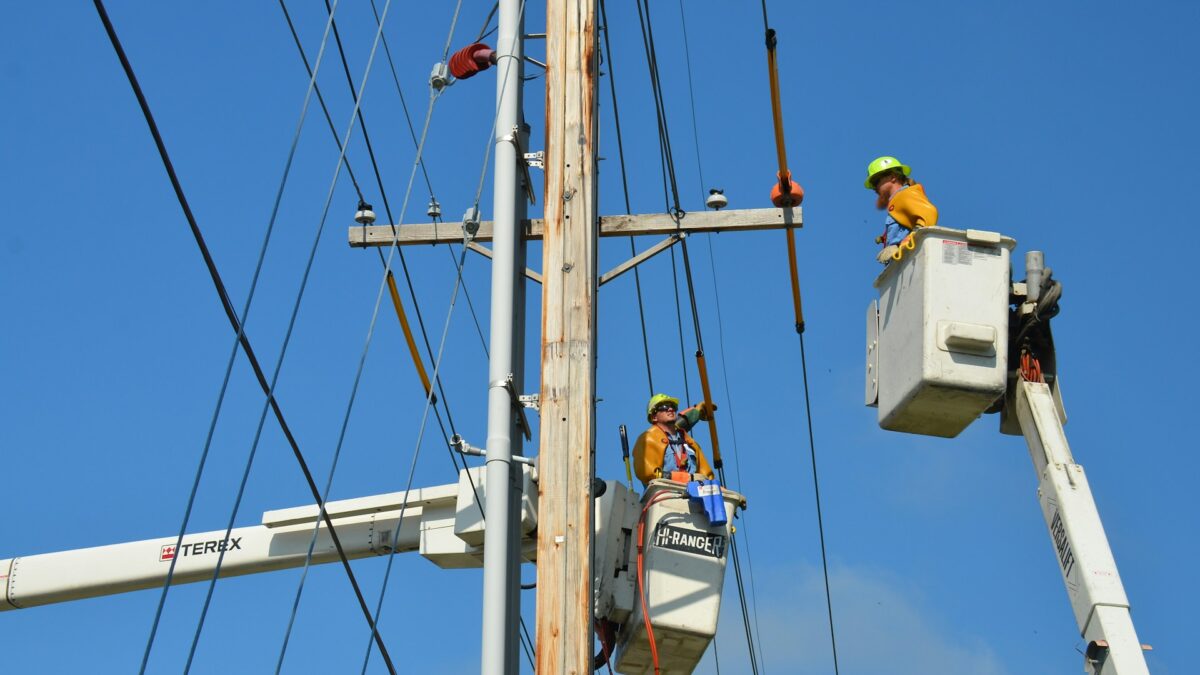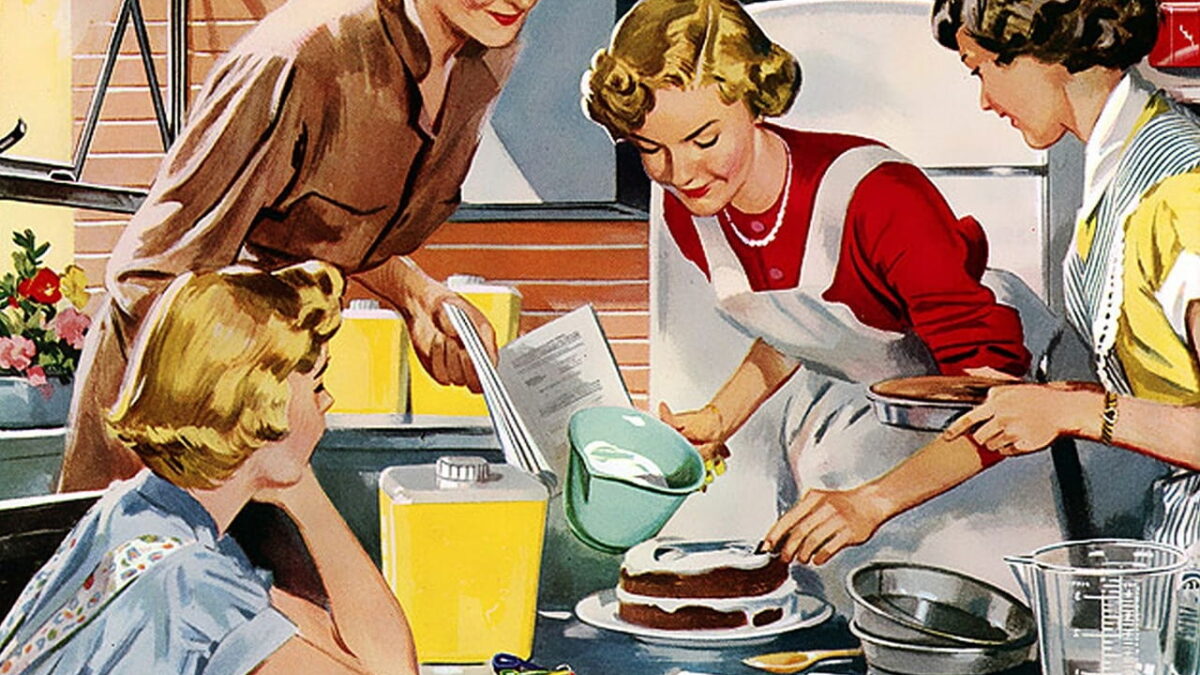The following is an adapted excerpt from the contribution by Janice Fiamengo to “Against the Great Reset: Eighteen Theses Contra the New World Order,” which will be released by Bombardier Books on Oct. 18.
What would a Great Reset mean for women and girls — and the men who love them? In “COVID-19: The Great Reset,” World Economic Forum founder Klaus Schwab and his coauthor Thierry Malleret do not address the status of women at length. But they do refer, on the very first page, to the search for social justice, stating that a positive consequence of Covid-19 has been its exposure of the “fault lines of the world” and its galvanization of the will to redress them.
By far, the most destabilizing fault line in the Western world is the one that feminism has opened between men and women. It is set to widen even further if Reset proponents have their way. In its institutional forms, feminism is a radical ideology alleging that women are oppressed in a patriarchal order created and maintained for male benefit through institutions such as the traditional family. Developed in the North American universities of the 1970s and 1980s, feminism’s assertions about male control of women have spread far wider into society as feminist students graduated and began careers in teaching, journalism, law, social work, public relations, and business. Though often claiming to seek equality between the sexes (itself a dubious, oft-unrealizable goal), feminists regularly call for special privileges for women and corresponding restrictions for men.
Feminism shares with the Schwabian Reset a utopian vision of a reimagined world in which the historically disempowered will be compensated and protected by enlightened leaders who will manage all aspects of our social, economic, and domestic lives. In this transformed world, a never-before-achievable righting of injustice will become possible as the enemies of fairness and of the common good — the selfish, the competitive, the predatory, and the retrograde — will be once and for all neutralized by government fiat.
Discussions of post-Covid she-covery (recovery with a female face) focused mainly on four feminist Reset blueprints: 1) liberating women from the unfair burdens of family life; 2) empowering women to close wage and employment gaps; 3) mandating leadership roles for women, especially in politics, business, and academia; and 4) advancing the sexual agenda of the #MeToo movement. All, as will be shown, are underpinned by profoundly anti-male assumptions and contempt for established social and legal norms. Whether any of these blueprints will make women happier is a highly doubtful proposition: Bitter and resentful women, rather than contented ones, are precisely what Reset discussions and policies are designed to create.
A canard about Covid-19 peddled by Schwab and Malleret was that the virus exposed and exacerbated social divides, hurting those already vulnerable. In reality, as the authors well know, it was not Covid itself, which in their estimation was not “a new existential threat,” so much as the draconian policies of governments and health officials, amplified by media-induced terror and compliance, that shaped social divides.
Government lockdowns and masking/distancing policies, often brutally and unequally enforced, created Covid winners and losers by determining which businesses could open, whether and how many family members could gather, and whether children could attend school or play together. Social elites working in government, media, academia, and the corporate world, their paychecks and lifestyles largely intact, demonized as “Covidiots” anyone who defied or even questioned public health orders, sometimes encouraging readers to report those who broke any of the arcane rules (unless, of course, the rule-breakers were Black Lives Matter protesters, in which case even the prime minister of Canada knelt with them in solidarity).
Along with daily counts of “cases,” hospitalizations, and deaths, the media offered a steady barrage of stories designed to highlight Covid heroes and Covid villains, channeling sympathy toward those deemed to be legitimately suffering or bravely assisting, and encouraging contempt for alleged conspiracy theorists or “far-right” adherents (mainly white men) who posed a danger. Here, the familiar polarities of ideological feminism came into play: Women were typically presented as the innocent victims of a male-dominated society’s injustices — that is, when they weren’t outstanding leaders keeping the virus at bay or valiant frontline nurses caring for the sick.
In the earliest days of Covid, medical data showed that men were more likely than women to die from the virus or to experience the most severe forms of illness, accounting for about 80 percent of acute care admissions and up to 70 percent of the dead. Yet even as these staggering reports hit the headlines, media accounts were busy framing the pandemic as a women’s issue.
By March 8, 2020, when the effects of the virus were being felt in Europe but had not yet hit North America, the emphasis on female suffering had already been established. The BBC World Service informed readers that “Across Asia, it is women who are being disproportionately affected.” A humanitarian advisor to the U.N., Maria Holtsberg, was quoted saying, “Crisis always exacerbates gender inequality.” According to the article, women were bearing the brunt of the pandemic not only as primary caregivers for their children, forced to stay home when schools closed (with no mention of the breadwinner husbands continuing their work and thus at presumably greater risk of infection) but also — and somewhat contradictorily — as the majority of workers on the “front lines.” The article detailed horrific working conditions of nurses in China and elsewhere in which nurses were forced to have their heads shaved and denied washroom breaks while working overtime. Women were also vulnerable, according to the article, as migrant workers with few rights, and in retail and informal sectors of the economy, hard-hit by store closures.
The mantra that would be repeated in countless later articles was thus established: As stated by Mohammad Naciri, regional director of U.N. Women Asia, “Women are playing an indispensable role in the fight against the outbreak” and must be at the forefront of all efforts to deal with it.
Vulnerable male migrant workers, low-income shopkeepers, and men on other types of front lines — particularly long-haul truckers attempting to maintain supply chains even as much-needed rest stops, washrooms, and food outlets closed — were not mentioned. Essential service providers who were male — ambulance responders, restoration and clean-up crews, police officers, delivery drivers, all-night convenience store clerks, bus and train operators — were made invisible.
As the Covid situation worsened in Europe and spread to North America over the following weeks, the same ideas were amplified, with many commentators focusing on favored first-world feminist themes such as women’s greater emotional and caregiving burdens. Helen Lewis’s “The Coronavirus Is a Disaster for Feminism” declared that “Across the world, women’s independence will be a silent victim of the pandemic,” while Lucia Graves in “Women’s Domestic Burden Just Got Heavier with the Coronavirus” predicted that women’s unfair allocation of housework would be increased. Many commentators asserted that women and girls were, as always, doing the majority of caring for elderly or ill family members and, already economically more vulnerable than men, would see their earnings potential permanently impacted by layoffs.
Some of the claims were dramatic, others strikingly trivial. Heather Barr, the interim co-director of the Women’s Rights Division of Human Rights Watch, reported with somber emphasis that many now-unemployed women “faced losing their homes in countries from South Africa to the U.K.” and that even simply “maintaining access to water and utilities was a struggle for many, including in the United States.” Men, it seemed, never lost their homes or lacked the necessities of life (though men actually account for the vast majority of the homeless in Western nations).
Alongside such dire warnings, the aforementioned Helen Lewis, writing for The Atlantic, was exclusively exercised about the problems of affluence, working herself into a lather over the patriarchal unfairness that saw a female university professor of epidemiology, profiled in the article, bearing the yoke of looking after three young children in the family home while her husband, an emergency physician treating Covid-19 patients, self-isolated in the family garage. We can only imagine the intensity of her ire if the woman had been the one consigned to the outbuilding.
Many of the authors couldn’t seem to decide whether to present women primarily as suffering victims — vulnerable and in need of assistance — or as valiant heroines notable for their self-sacrificing leadership.
A Forbes article of April 18, 2021, began by citing pandemic-related studies finding more women suffering from stress-related hypertension and “at significantly higher risk for developing coronary heart disease, compared with men,” but also couldn’t resist quoting Lisa Britt, a human resources officer, who offered that the pandemic had proved “the depth of capability among working women,” specifying their “ability to acutely prioritize, multi-task, and ensure the well-being of those around them.” Were women less able or better able than men to deal with the stresses of the Covid crisis? Both, it seemed — and always deserving of the lion’s share of sympathy.









